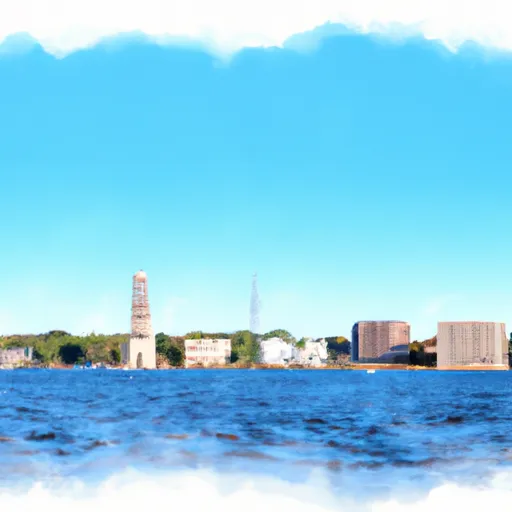°F
°F
mph
Windspeed
%
Humidity











Sturgeon Bay is a charming city located in Door County, Wisconsin. It experiences a humid continental climate, characterized by warm summers and cold winters. Average temperatures range from around 20°F (-6°C) in winter to 80°F (27°C) in summer. The region receives moderate precipitation throughout the year, with slightly higher levels in the summer.
Sturgeon Bay is situated on the shores of Lake Michigan, offering abundant hydrology constituents. The lake not only provides a picturesque backdrop but also offers various recreational activities. Fishing enthusiasts can enjoy angling for trout, salmon, walleye, and bass. Boating and sailing are popular, with numerous marinas and boat launches available.
The city boasts several outdoor recreation opportunities. The Door County Land Trust maintains numerous nature preserves and hiking trails, such as Sturgeon Bay Ship Canal Nature Preserve and Potawatomi State Park. These areas offer stunning scenery, including forests, wetlands, and breathtaking views of Lake Michigan. Visitors can hike, bike, birdwatch, or simply enjoy a picnic surrounded by the beauty of nature.
In summary, Sturgeon Bay, Wisconsin enjoys a diverse climate, providing a range of outdoor activities for residents and visitors to enjoy, making it an enticing destination for nature lovers and adventure seekers alike.
Weather Forecast
Sturgeon-Bay receives approximately 799mm of rain per year, with humidity levels near 81% and air temperatures averaging around 7°C. Sturgeon-Bay has a plant hardyness factor of 5, meaning plants and agriculture in this region thrive during a short period during spring and early summer. Most plants will die off during the colder winter months.
Regional Streamflow Levels
2
Cubic Feet Per Second
36
Cubic Feet Per Second
3
Cubic Feet Per Second
8
Cubic Feet Per Second
Nearby Camping
| Camping Area | Reservations | Toilets | Showers |
|---|---|---|---|
| Whitesand Lake - Rainbow Falls Provincial Park | |||
| Rossport - Rainbow Falls Provincial Park | |||
| Earl Park Rest Area |



